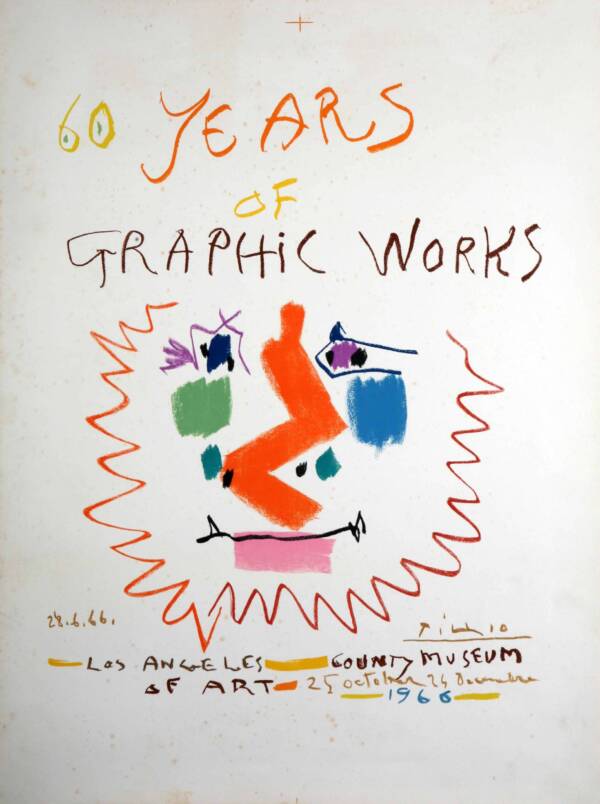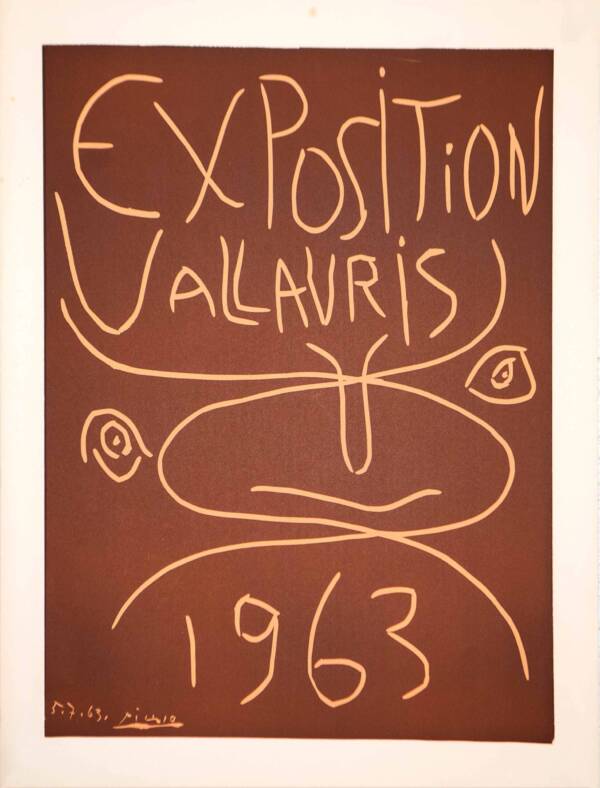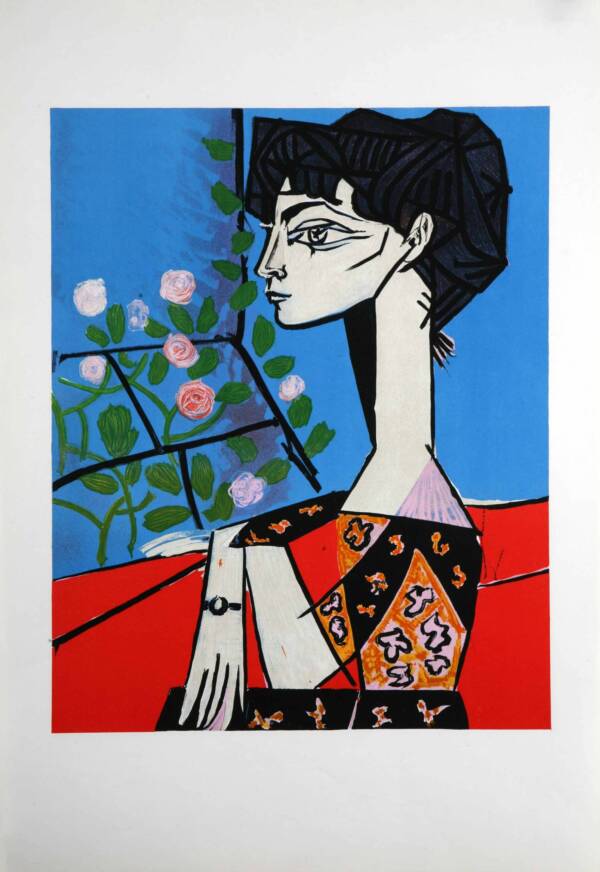Descripción
The painting was painted by Picasso in Paris in the autumn of 1901. It is in the Pushkin Museum in Moscow.
Neither this poster nor its motif have been reproduced on any other poster.
Picasso wanted to call the painting reproduced on the poster “The Poet Jaume Sabartés”, but it is better known as “The Bock” and also as “The Glass of Beer”. It dates from the beginning of his famous Blue Period.
Sabartés said that Picasso surprised him one day in the “Café La Lorraine” on the rue des Écoles, alone and obviously bored. He was waiting for Picasso and three other friends, Soto, Manolo Huguet and Fontbona, who usually met there. Picasso needed only one glance to capture the whole scene and paint it later in his studio, without Sabartés being present. Sabartés recounts his encounter with his portrait, which was facing the wall when he arrived at Picasso’s studio: “Picasso had just painted me exactly as he had seen me in the café. The canvas was leaning against a wall when I arrived. When Picasso turned it around and placed it on the easel, I was astonished to see myself as he had captured me. It was a fleeting moment in the passage of my life. I see myself and look at myself in the painting and then I understand what I have aroused in my restless friend: that is, the spectre of my solitude, seen from the outside. […] My long, straight brown hair, neither light nor dark, which curled as it rested on my shoulders. My suit, in the style of those worn by the rapists of the time, with a loose, round-necked corduroy jacket, fully buttoned, and a dark waistcoat that, if necessary, could hide the lack of a shirt. The bow of a lavaillière tie with its black wings falls across my chest […] in front of me on the marble table is a glass of beer. My short-sighted eyes scan the room […]”
Picasso kept this painting for a long time, in his studio at 130 Boulevard de Clichy, until it was bought by the Russian collector Sargei Shchukine in 1910. It was confiscated during the Bolshevik Revolution and placed in the Pushkin Museum of Fine Arts in Moscow, where it remains today.
The collector Shchukine was an immensely wealthy textile merchant. He is described as a sober, vegetarian, middle-aged man from Moscow. Fernande Olivier says he was “a small, greasy man with a pig’s face and a big head, and he stammered terribly.”



